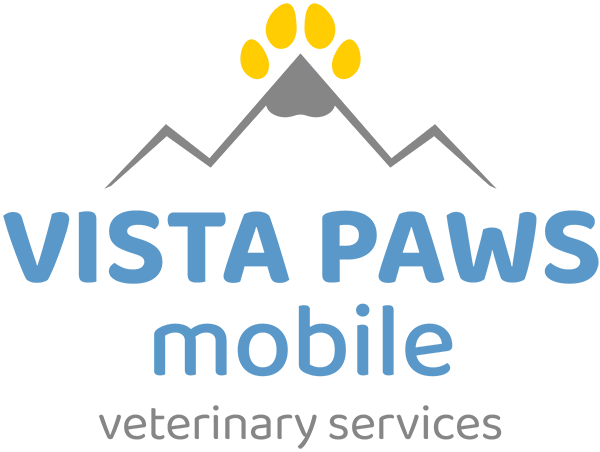Library
-
Clarithromycin is given by mouth and used off label to treat certain bacterial infections in several animal species. Do not use in pets that are allergic to it or other macrolide antibiotics, in rabbits, gerbils, guinea pigs, hamsters, or horses greater than four months old.
-
Chocolate is toxic to dogs. While rarely fatal, chocolate ingestion often results in significant illness. Chocolate is toxic because it contains the alkaloid theobromine. Theobromine is like caffeine and is used medicinally as a diuretic, heart stimulant, blood vessel dilator, and muscle relaxant.
-
Cholangitis/cholangiohepatitis in cats refers to inflammation of the bile duct or a combination of inflammation of the bile duct, gallbladder, and surrounding liver tissue. The clinical signs, diagnosis, treatments, and prognosis of the conditions are outlined in this handout.
-
Cholecalciferol (vitamin D3) has become increasingly more common as a residential rodenticide. While it may seem like a safer option than anticoagulants, there is no antidote available and the amount in a single block is a severe overdose in nearly all animals. This handout discusses clinical signs, treatments, and prognosis for cholecalciferol poisoning in pets.
-
Choline is a vitamin supplement given by mouth and is used over the counter to treat neurological conditions such as seizures or cognitive dysfunction. Give as directed by your veterinarian. Side effects are uncommon but may include hyperactivity. Do not use in pets that are allergic to it. If a negative reaction occurs, please call your veterinary office.
-
Chondrosarcomas arise from cartilage, which is a connective tissue primarily found where bones meet with joints, as well as at other locations in the body such as the nasal cavity, and ribs. Chondrosarcoma is a rare tumor in cats, but it can occur. Clinical signs of chondrosarcoma may vary significantly, depending on where the tumor arises. Although the mass may grow rapidly, less than 20% of feline chondrosarcoma cases metastasize to other parts of the body. Therefore, surgical removal is curative in many cases.
-
Chondrosarcomas arise from cartilage, which is a connective tissue primarily found where bones meet with joints, as well as at other locations in the body such as the nasal cavity, and ribs. Chondrosarcoma is the second-most common primary bone tumor in dogs. Canine chondrosarcoma most commonly affects the flat bones of the body, such as the ribs, skull, nasal cavity, and pelvis, although the limbs can also be affected. Aggressive surgical removal is typically recommended, although radiation therapy may also be used, depending on location of tumor. Metastasis may occur but is relatively uncommon.
-
Veterinarians generally agree that there is no single best food for all dogs or all cats. Our pets are individuals: some will prefer dry kibble, while others will prefer wet or canned food. Pet owners may also have preferences related to cost, convenience of shopping, and how a particular pet food manufacturer conducts their business. This handout briefly outlines key aspects of selecting the most appropriate food and water for your dog or cat.
-
Getting a new puppy is an exciting time and there is no perfect science to picking the perfect puppy. Have a brief look over them physically with their littermates as well as seeing how they interact together and with you. Be sure to take your puppy to a veterinarian as soon as possible to check for any health problems.
-
Chromium picolinate is given by mouth and is used off label to aid in the treatment of obesity and diabetes, mostly in cats. Side effects are uncommon, but watch for increased drinking or urination, or decreased appetite. Do not give to pets that are allergic to it. If a negative reaction occurs, please call your veterinary office.

